The OnePlus 9R is nothing more than a rebranded OnePlus 8T with a different camera housing.
With the OnePlus 9 Pro, OnePlus has shown that it can deliver an all-round package that measures up to the best Android phones in the market today. The OnePlus 9 takes that same formula but at a more accessible price point.
Then we have the OnePlus 9R. The phone is positioned as the value option in the OnePlus 9 lineup, slotting in at ₹10,000 ($135) less than the OnePlus 9. But in reality, the OnePlus 9R is just a rebranded OnePlus 8T with a new design for the rear camera housing.
Of course, this isn't the first time OnePlus did this. The OnePlus 7 was effectively the same phone as the OnePlus 6T, but with new camera modules and an upgraded chipset. It's no surprise, then, that the OnePlus 9R is limited to India and China. OnePlus isn't launching the phone in other markets because it also understands that the 9R doesn't offer anything substantially different to the 8T.
So why is OnePlus even launching the 9R? With the OnePlus 9 and 9 Pro costing a hefty premium in India, OnePlus needed a lower-cost option in the OnePlus 9 series, so it decided to rebrand the 8T. The OnePlus 9R is going on sale for ₹39,999 ($545) in India, or ₹3,000 ($40) less than the 8T. The reason for this is pretty obvious; the 9R has just one 5G band (N78), while the 8T has three (N1, 3, 78).
So should you buy the OnePlus 9R in India? Let's find out.
OnePlus 9R
Bottom line: The OnePlus 9R takes the chassis from the 8T and adds a new camera housing at the back. You're getting the exact same hardware here, including a vivid 120Hz AMOLED display, top-notch hardware, 65W fast charging, reliable cameras, and a bloat-free interface. If you're in the market for a new value flagship and don't mind the limited 5G, this is the one to get.
The Good
- Standout performance
- Sublime 120Hz AMOLED display
- Reliable cameras
- 65W fast charging
- Bloat-free software
The Bad
- Limited 5G connectivity
- Just two guaranteed updates
- No IP rating
- No wireless charging
₹39,999 at Amazon India ₹39,999 at OnePlus India
About this review
I'm writing this review after using the OnePlus 9R for four days on Airtel's 4G network in Hyderabad, India. The unit was running OxygenOS 11.2.LE28DA out of the box, and did not receive any updates during the testing window.
OnePlus 9R: Price and global availability
The OnePlus 9R is going on sale from April 14 in India, and will be available in two variants: an 8GB/128GB model that retails at ₹39,999 ($545), and a 12GB/256GB version for ₹43,999 ($600). The phone is limited to India and China, and won't be making its way to other markets.
You'll be able to pick up the OnePlus 9R in Carbon Black and Lake Blue color options. OnePlus is incentivizing the launch by offering a ₹2,000 ($28) discount for SBI customers, and if you're using an American Express card, you can get ₹4,399 if you pick up the 12GB model.
OnePlus 9R: Design and display
The OnePlus 9R has the same design aesthetic as the rest of the OnePlus 9 series. That includes the new camera housing that prominently highlights the primary and wide-angle lenses, with the macro and monochrome modules sitting underneath. The key difference is the omission of the Hasselblad logo — that particular partnership is limited to the OnePlus 9 and 9 Pro.
The OnePlus 9R borrows the flat display from the 8T and the camera housing from OnePlus 9.
The highlight here is obviously the flat display. With both the OnePlus 9 and 9 Pro offering dual-curved panels, the 9R is the only device in the series with a flat display. That said, I didn't have any issues with the curved panels on the OnePlus 9 or 9 Pro; the curvature isn't anywhere as extreme as the OnePlus 8 Pro, and I didn't feel the need to put a case on either device.
It has been interesting to see how the camera housing has evolved on OnePlus phones over the last 12 months. The OnePlus 8 series had the oblong camera housing that jutted out quite a bit from the body, and the Nord retained the same design but changed the positioning to the left.
Then we got the flatter and wider rectangular housing on the 8T — it's almost as if OnePlus took a rolling pin to the OnePlus 8 Pro's camera island and flattened it — and I liked the changes. For one thing, the phone wasn't as wobbly, and the dual-column layout made the 8T feel just that little bit more elegant.
OnePlus is retaining that rectangular housing this year, but by encasing the primary modules in large rings and moving the rest of the sensors underneath, it has created a cleaner look that makes the OnePlus 9 series look much more upmarket. However, the design on the OnePlus 9R doesn't feel nearly as premium as its costlier siblings — the two primary modules are clustered together, and it just ends up looking busy.
The modules within the island look drab without the chrome accents, and while OnePlus was undoubtedly trying to maintain visual consistency between all three models in the OnePlus 9 series, it has failed to pull that off with the 9R.
Like the OnePlus 9, the 9R has a glass back with a polymer mid-frame. The back is protected by a layer of Gorilla Glass 5, as is the front. The phone has the same subtle curves at the back where the glass panel meets the mid-frame, and it has a great in-hand feel. The 9R has the exact same dimensions as the 8T, and coming in at 189g, it doesn't feel bulky in day-to-day use.
As for the display, the OnePlus 9R offers the same AMOLED panel as the 8T. There's no difference between the two phones in this particular area, and that's a good thing because I liked the panel on the 8T quite a bit. I ended up using the 8T over the 8 Pro at the end of last year because of the flat display, and you're getting the same display with the 9R.
If you want a flat display with 120Hz refresh, you will love what the OnePlus 9R has to offer.
Now for some numbers: the OnePlus 9R has a 6.55-inch display with an FHD+ (2400 x 1080) resolution, and the refresh rate goes up to 120Hz. The 120Hz mode is enabled out of the box, so you'll immediately feel a difference if you're making the switch from an older phone with a 60Hz refresh.
You can change the refresh rate between 60Hz and 120Hz, and there are plenty of customization options available for the panel itself. You get to change the screen calibration between Vivid and Natural color modes, and there's also an Advanced option that lets you switch between AMOLED Wide Gamut, sRGB, and DCI-P3. Then there's the ability to manually tweak the white balance of the panel itself.
OnePlus also includes a Vibrant Color Effect that automatically optimizes video colors, but the phone misses out on AI video upscaling — available on the OnePlus 9 and 9 Pro — and motion smoothing (MEMC), a feature that's limited to the 9 Pro.
The panel itself on the OnePlus 9R is fantastic, with excellent colors and contrast levels. It goes up to 1100nits for HDR10+ content, and I didn't have any issues whatsoever with brightness levels — the screen gets sufficiently bright outdoors and dims automatically at night.
You get the same stereo configuration as the 8T, and that makes streaming videos or playing games that much more enjoyable on the 9R. I finally started streaming YouTube videos on my phone (I previously only did so on my TV), and the stereo speakers make a big difference. The phone doesn't have the loudest speakers I've used — that honor belongs to the Mi 11 — but it gets loud and doesn't distort even with the volume turned up.
The display is one of the best attributes of the OnePlus 9R. It has vibrant colors, 120Hz refresh rate makes it enjoyable to read content on the phone, and stereo sound is great for playing games or videos.
OnePlus 9R: Performance and battery
The only major addition on the OnePlus 9R is the Snapdragon 870 chipset. Much like the phone itself, the chipset is a rebranded version of last year's flagship, the Snapdragon 865. Qualcomm took the higher-binned Snapdragon 865+, increased the clocks by up to 3.20GHz (from 3.09GHz) and is selling it in 2021 as the Snapdragon 870.
| Specs | OnePlus 9R |
|---|---|
| Software | OxygenOS 11 (Android 11) |
| Display | 6.55-inch (2400x1080) 120Hz AMOLED |
| Chipset | 3.20GHz Snapdragon 870 |
| RAM | 8GB/12GB |
| Storage | 128GB/256GB |
| Rear Camera 1 | 48MP ƒ/1.7 (primary) |
| Rear Camera 2 | 16MP ƒ/2.2 (wide-angle) |
| Rear Camera 3 | 5MP ƒ/2.4 (macro) |
| Rear Camera 4 | 2MP ƒ/2.4 (monochrome) |
| Front Camera | 16MP ƒ/2.4 |
| Connectivity | Wi-Fi 6, BT5.1, NFC |
| Battery | 4500mAh | 65W |
| Security | In-screen fingerprint |
| Colors | Carbon Black, Lake Blue |
| Dimensions | 160.7 x 74.1 x 8.4mm |
| Weight | 189g |
Other than that, the Snapdragon 870 is identical to the Snapdragon 865 and 865+. It makes sense for Qualcomm to do this; the Snapdragon 865+ didn't find many takers, and the platform itself still has plenty of power to offer in 2021. The 870 features a Cortex A77 prime core that now goes up to 3.20GHz, and it's joined by three A77 cores at 2.42GHz and four Cortex A55 derivatives at 1.80GHz. Other than the prime core, the frequencies for the rest of the cores are identical to the standard Snapdragon 865.
The Adreno 650 GPU is also clocked higher at 670MHz, versus 587MHz on the Snapdragon 865. Basically, the Snapdragon 870 is an overclocked Snapdragon 865 for 2021, and it delivers superlative performance. I did not see any slowdowns on the OnePlus 9R, and the chipset handled everything I threw at it with ease.
I didn't notice any difference between the 9R and 8T in terms of performance, and even in synthetic tests the variance is around 3 to 5%. So you're not really gaining much here, but it's good to know that the phone will continue to deliver standout performance for several years to come.
Elsewhere, you'll find Wi-Fi 6 connectivity with 2x2 MIMO, Bluetooth 5.1, AptX HD and LDAC audio codecs, and NFC. I didn't face any problems with Wi-Fi or Bluetooth connectivity, and calls also went through just fine. Both Airtel and Jio now offer Wi-Fi calling as standard, and the phone has the feature enabled out of the box. Just slot in a compatible SIM and you should be able to make calls over Wi-Fi.
As for security, the OnePlus 9R features the same in-screen fingerprint sensor as the 8T. It is fast and reliable in daily use, and there's also a face unlock feature. The face unlock mode isn't as secure as the fingerprint reader, but it is faster. The OnePlus 9R doesn't have an IP rating, but it is waterproof — just like the 8T. But because there's no official claim for water resistance, you're better off not using the phone near a pool.
Just like the OnePlus 8T, the 9R misses out on wireless charging. With even the OnePlus 9 not offering the feature in India — even though the global model has 15W Qi charging — it was too much to expect that the more affordable version would pick up wireless charging.
But what you do get is 65W wired charging, and it is just as great to use on the 9R as the OnePlus 9 and 9 Pro. The 4500mAh battery and 39-minute charging time with 65W fast charging are identical to that of the 8T, and in my limited usage, I got a day's worth of battery from a full charge.
Having used the phone for just four days, I'm not ready to pass full judgement on the battery life, but it seems to be on par with the 8T. The OnePlus 9 Pro fares particularly poorly in this regard, but it doesn't look like those issues are plaguing the 9R. I'll update the post with my findings in a week's time, so if you are looking to pick up the 9R, check back shortly.
OnePlus 9R: 5G connectivity
Now, while the OnePlus 9R is technically a 5G phone, it has just one 5G band in India: N78. The N78 bands covers spectrum in the range of 3.3 - 3.8GHz, and that is in line with the Indian government's initial 5G auction, which is set to offer spectrum in the 3.3 - 3.6GHz frequencies.
The OnePlus 9R is a 5G phone in name only — it has just one 5G band in India.
However, Airtel recently conducted 5G trials using the 1800MHz band, so it is entirely possible the carrier will pick up some spectrum within this frequency. Similarly, Jio is eyeing the 700MHz band for 5G coverage. For the OnePlus 9R to work effectively in these frequencies, it needs bands N3, 28, and 29. Sadly, it doesn't have them.
This is a poor showing for OnePlus, because once 5G service does roll out in India, the phone will be limited in its usability. Because there's still uncertainty around what bands the carriers will end up using, most manufacturers like Xiaomi, Samsung, and OPPO are hedging their bets and including a wide selection of 5G bands.
For context, Xiaomi's Mi 10T Pro costs the same as the 9R but has ten 5G bands in India: N1, 3, 7, 8, 20, 28, 38, 41, 77, 78. Similarly, the Reno 5 Pro 5G has 5G bands N1, 3, 7, 28, 38, 40, 41, 77, 78. More 5G bands lead to a more complex RF front-end design and additional antennae, and these modules aren't exactly affordable. So OnePlus took the easy way out and limited the 5G bands on the 9R to save some cash.
So while OnePlus will inevitably tout the fact that the 9R is a 5G-enabled phone, I wouldn't recommend it if you're in the market for a device that will have full compatibility with India's 5G networks once they go live. OnePlus has been particularly stingy around offering 5G bands on its devices in India — even the OnePlus 9 and 9 Pro have just two bands (N77, 78) — and this needs to change. The OnePlus 9R that will be sold in China has 5G bands N1, 3, 41, 78, and 79, so once again it is just the Indian model that is being shortchanged.
OnePlus 9R: Cameras
The OnePlus 9R has four cameras at the back: a 48MP Sony IMX586 primary lens with OIS, 16MP wide-angle shooter, 5MP macro, and 2MP monochrome lens. If all of that sounds familiar, it's because it is the exact same configuration as the 8T. The OnePlus 9R uses the same camera modules as well, and the resultant shots are identical to that of the 8T.
The camera interface hasn't changed from last year, and because the 8T didn't have 8K video recording, the 9R misses out on it as well. That particular feature is limited to the OnePlus 9 and 9 Pro. You do get 4K video at 60fps for both the primary and wide-angle lenses.
OnePlus tweaked the software processing of the 8T a few months after launch, leading to much better photos. Those tweaks have carrier over to the 9R out of the box, and the phone does a stellar job in daylight scenarios, offering good dynamic range, plenty of detail, and saturated colors.
But as was the case with the 8T, the camera struggles with low-light conditions; images tend to be soft, you lose out on a lot of detail in the shadows, and there's visible noise around the edges. For what it's worth, the camera retains the color balance even in low-light conditions, and the dedicated night mode does a great job fixing the details and minimizing noise.
The 16MP wide-angle lens is decent enough in its own right, producing photos with accurate colors and great dynamic range. Like the primary lens, the wide-angle struggles with noise levels in low-light scenarios. The 5MP fixed-focus macro lens is too much of a hassle to be of any actual use, and the 2MP monochrome achieves the same effect as a software filter.
The OnePlus 9R doesn't measure up to the OnePlus 9 or the 9 Pro in this regard, and it doesn't pass muster against the likes of the Mi 10 or the Galaxy S20 FE. So if your primary consideration is taking a lot of photos, you'll find better alternatives in this category.
OnePlus 9R: Software
OnePlus rolled out the stable version of OxygenOS 11 alongside the OnePlus 8T, offering a slew of new features and a bolder design aesthetic. The OnePlus 9R has the same set of features as the 8T, and nothing really has changed on the software front in the intervening six months. If you're looking for a more detailed take on the new additions, be sure to take a look at my OnePlus 8T and OnePlus 9 Pro reviews.
OxygenOS continues to be fantastic, but OnePlus needs to offer more platform updates.
OxygenOS 11 has plenty of features: you now get an always-on display with unique clock styles, dynamic backgrounds, new features for Zen Mode — which lets you take a break from your phone — all the new features that debuted with Android 11, even more customization options, and a new system font.
The gist of it is that the UI is one of the best you'll find on Android. It has been optimized for 120Hz displays, so navigating the interface feels smooth and fluid, and the best part is that you won't find any bloatware. In 2021, that is the biggest differentiator for OxygenOS.
Xiaomi is cutting down on the number of pre-installed apps on its mid-range and high-end phones; Samsung, meanwhile, is finding new and innovative ways to add bloatware to its phones. Right now, if you're looking for an Android device without any bloatware, your best bet is OnePlus. And no, Pixels don't count because Google doesn't care about the Indian market for its hardware ambitions.
While OxygenOS is devoid of any extraneous features at the moment, it does look like that may change in the coming months. OnePlus is heavily pushing its Red Cable Club in India — its loyalty program — and it also has a cloud storage service similar to Google Drive (it's not as good as Google's offering and costs more money). With the inevitable push to services, OnePlus is likely to start bombarding users to try out its offerings, and I'm already seeing that with the OnePlus 9R.
OnePlus needs to start offering three guaranteed updates to its phones.
I see a notification to try out the cloud service whenever I head into the Gallery; there's a banner about logging in to Red Cable Club whenever I go into Settings. OnePlus isn't being too aggressive about these right now — at least it doesn't spam you with push notifications — but this is a point to consider if you're investing in OnePlus.
Another point of worry is platform updates. Samsung now offers three guaranteed updates to its mid-range phones, but OnePlus still offers just two platform updates and three years of security patches. With Samsung raising the bar in this area, just two updates is no longer enough for this category.
We need to see at least three guaranteed updates — the hardware on offer should run without any issues for four or more years, and it's time OnePlus offered software updates to match.
OnePlus 9R: The competition
The obvious choice in this category is the Galaxy S20 FE. Samsung initially launched the Exynos variant of the S20 FE in India, but it recently rolled out the 5G-enabled Snapdragon 865 version in the country for ₹47,999 ($655). The S20 FE has a 120Hz AMOLED panel, great cameras, and all the extras that Samsung has to offer, and is a standout phone in 2021.
The Reno 5 Pro 5G is also a great option in this particular segment. The phone has a 6.5-inch 90Hz AMOLED, Dimensity 1000+ chipset, 64MP camera at the back that takes great photos, and 65W fast charging. Coming in at ₹35,990 ($490), it is more affordable than the 9R.
I also like the Xiaomi Mi 10 quite a bit. It has a much better camera than the 9R, stellar internal hardware, 30W wired and wireless charging, 90Hz AMOLED panel, and a gorgeous design. MIUI 12 isn't as easy to use as OxygenOS 11, but it has plenty of customizability. But at ₹49,999 ($680), it is a costly option.
The Mi 11 is also slated for a launch in India soon, so you may want to wait for that particular device. Then there's the Nord 2; OnePlus' 2021 mid-range phone will be powered by the MediaTek Dimensity 1200 chipset, and we should hear more about it in the coming months.
OnePlus 9R: Should you buy it?
You should buy this if ...
You want the best performance
The OnePlus 9R features the Snapdragon 870, which has plenty of power to offer. You won't notice any slowdowns whatsoever on this phone, and it is particularly great for gaming.
You need a clean software without bloatware
OxygenOS 11 continues to set the standard for third-party skins. It has a new design language, but you won't find any bloatware here, and the clean UI is a delight to use.
You need fast charging
With 65W wired charging, it takes just 39 minutes to fully charge the battery on the OnePlus 9R. That means you don't have to plug it in overnight, but if you do, the optimized charging tech extends your battery longevity.
You want reliable cameras
The OnePlus 9R doesn't have the best cameras in this category, but it takes decent shots in most lighting conditions. You're also getting a great wide-angle lens.
You should not buy this if ...
You need a phone with full 5G coverage
With just one 5G band, the OnePlus 9R may not deliver full-fledged 5G connectivity in India. Even devices that cost half as much as the 9R have more 5G bands, and for OnePlus to limit the device in such a manner makes it a non-starter for 5G. So if you're looking to buy a phone that will be fully compatible with India's 5G networks once they go live, you should consider the Galaxy S20 FE or Xiaomi Mi 10.
You're looking for long-term software updates
Samsung guarantees three Android updates to its flagships and Galaxy A devices — including the Galaxy A52 and Galaxy A72 — and four years of security patches. OnePlus needs to match Samsung's efforts in this area, because right now, the 9R will get two platform updates and three years of security updates.
You want wireless charging
Like the Indian version of the OnePlus 9, the 9R misses out on wireless charging. There are other devices in this segment that offer the feature, so you're better off with the S20 FE or Mi 10 if you want wireless charging.
I'm struggling to understand the point of the OnePlus 9R. The OnePlus 8T launched just six months ago and continues to be a great overall option in 2021. The OnePlus 9R offers the exact same hardware, with the only difference being the design flourishes at the back and slightly faster chipset.
You're not getting anything new on the software front either; the 8T was one of the first devices with Android 11 out of the box, so both phones will get the same platform updates. The 9R will receive an additional six months of security updates, and that's about it.
Instead of launching the 9R, OnePlus should have discounted the OnePlus 8T instead. Because at the end of the day, these devices are identical — cover up the rear camera housing and you wouldn't be able to distinguish between the two. But it is evident that OnePlus wanted a phone labeled under the OnePlus 9 series for under ₹40,000 ($545), and that's the sole reason for the existence of the 9R.
At the end of the day, the phone itself is a decent overall choice in the value flagship category, but there are dozens of excellent options available. The issues around 5G make it a non-starter once mainstream 5G services roll out in India, but if you don't care about that right now and want a phone with a 120Hz AMOLED panel, clean software, and reliable cameras, the OnePlus 9R has you covered.
OnePlus 9R
Bottom line: The OnePlus 9R is the OnePlus 8T with a new design for the camera housing. That's where the differences end. You get the same 120Hz AMOLED panel, 65W fast charging, robust internal hardware, decent cameras, and clean software. If you didn't pick up the 8T last year and don't care about 5G, get the 9R.
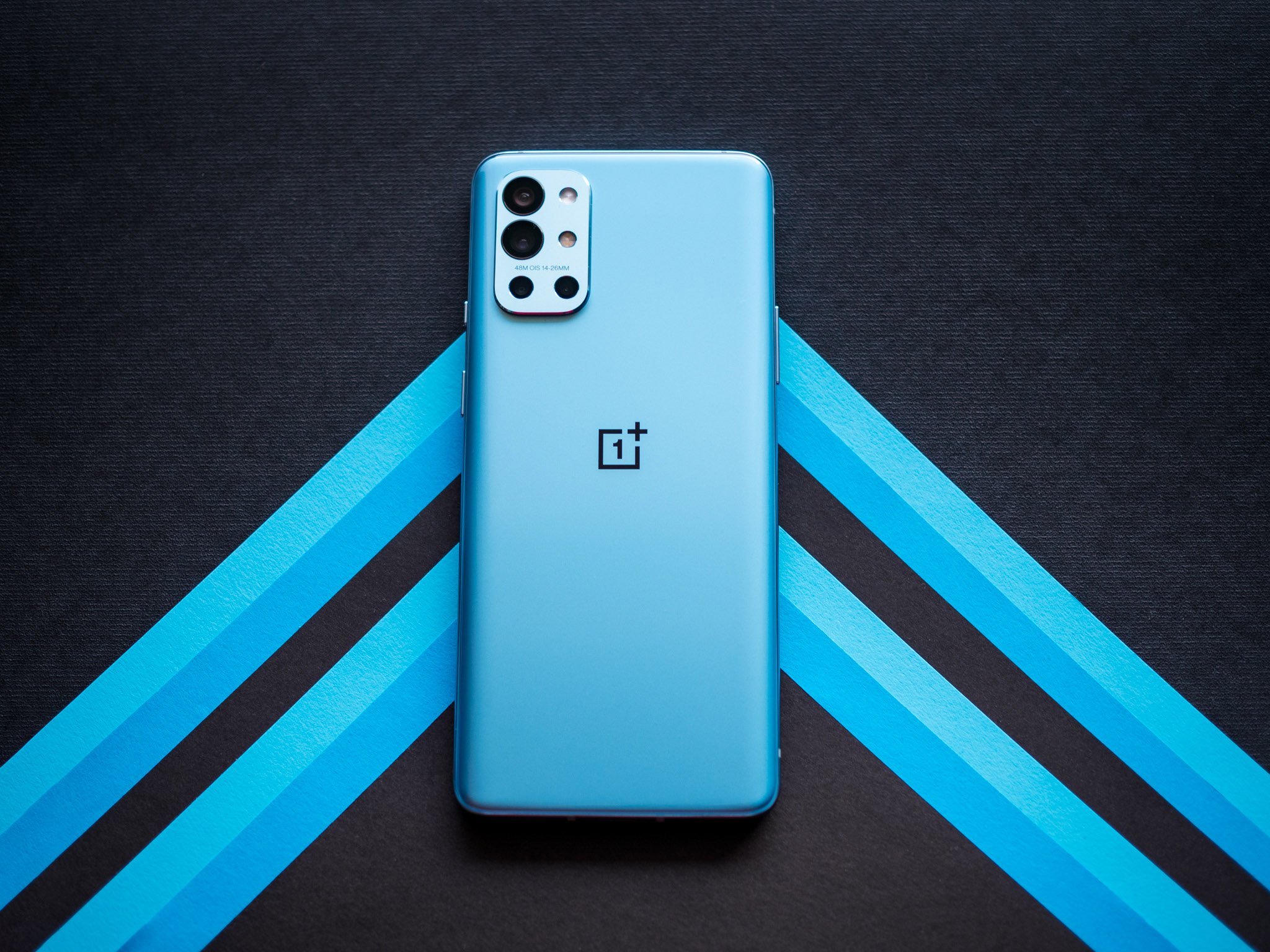
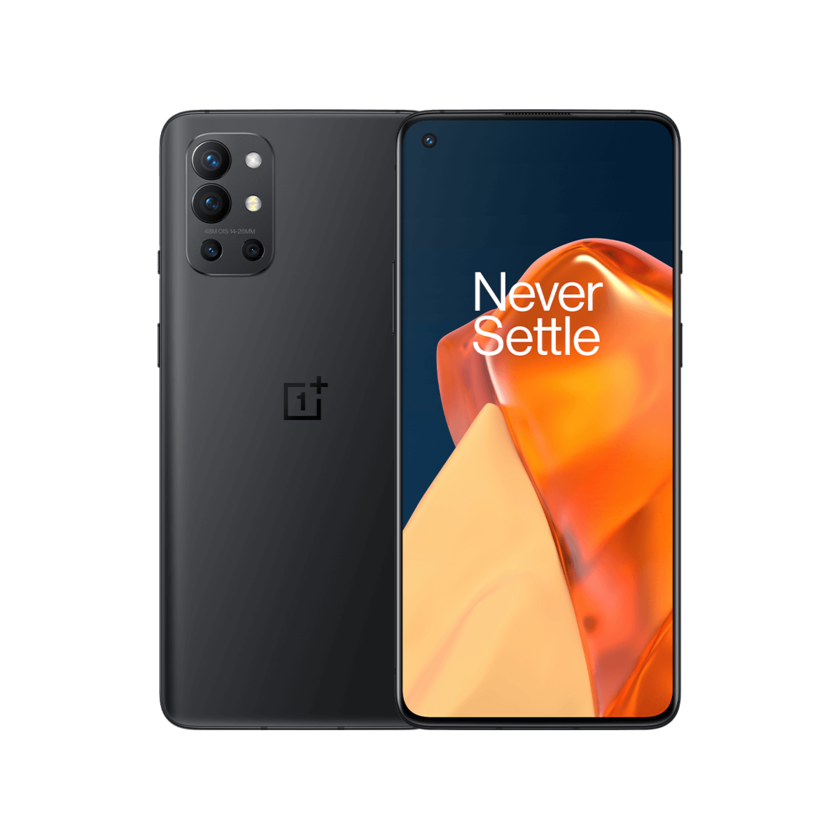
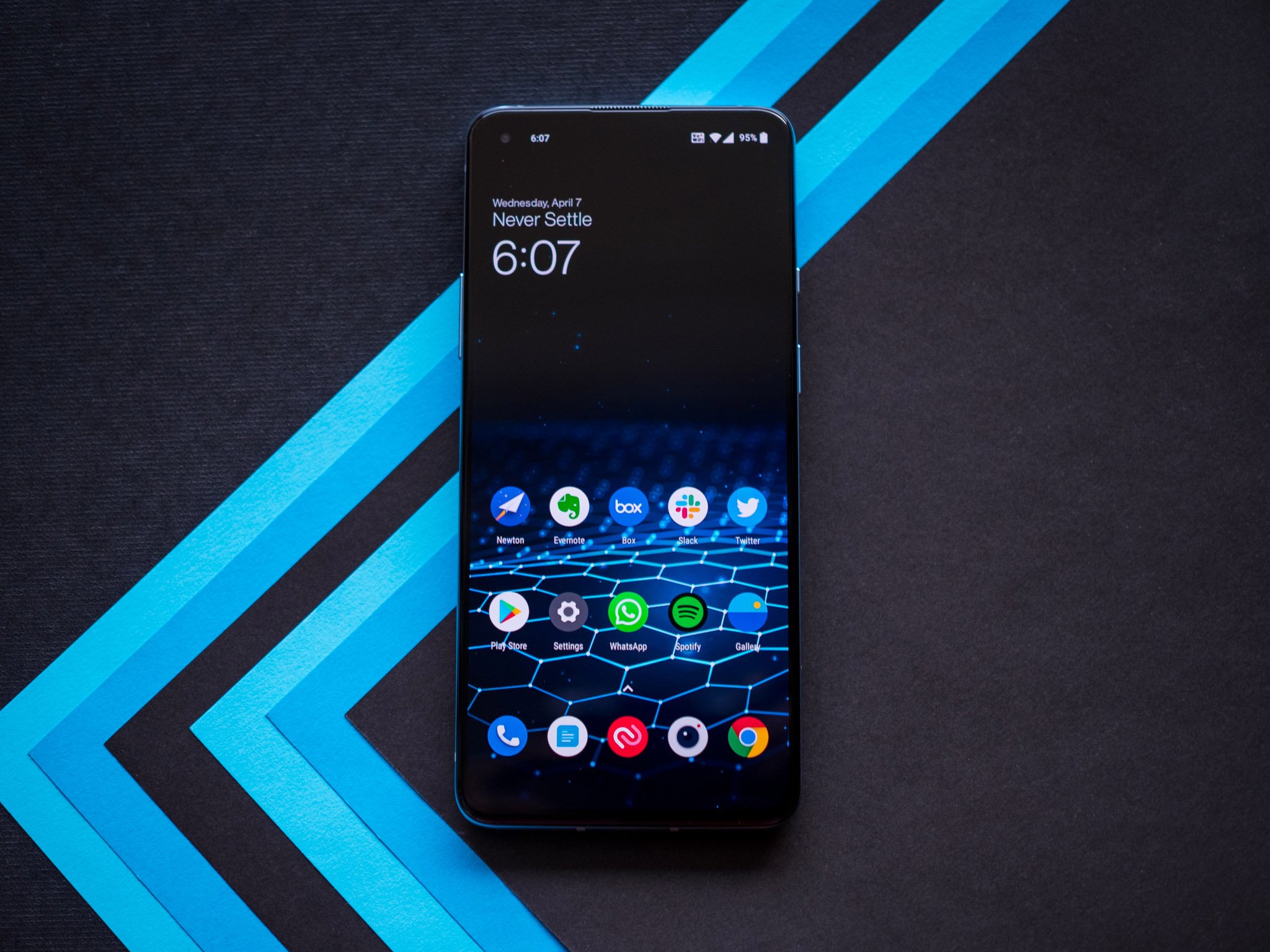
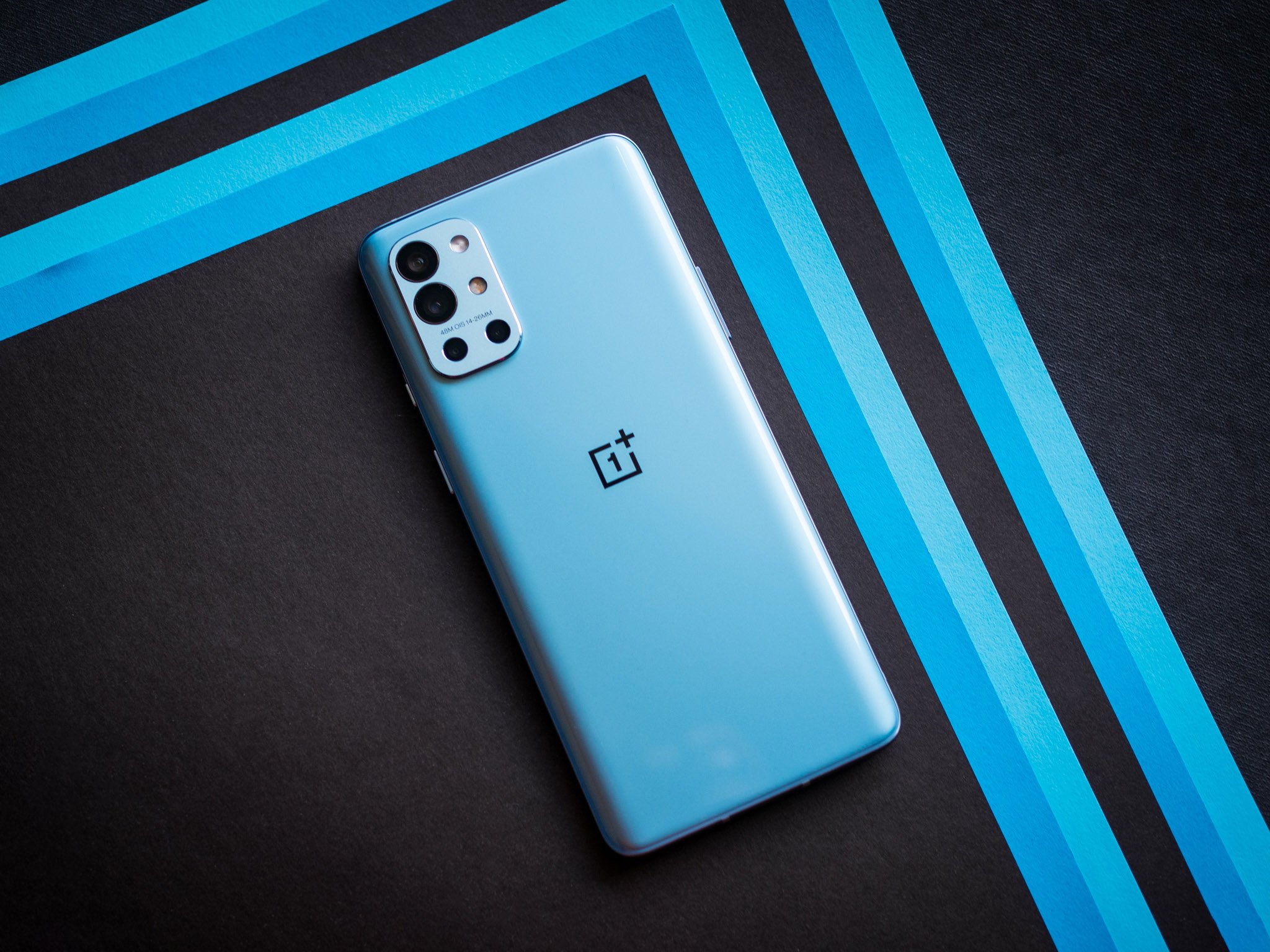
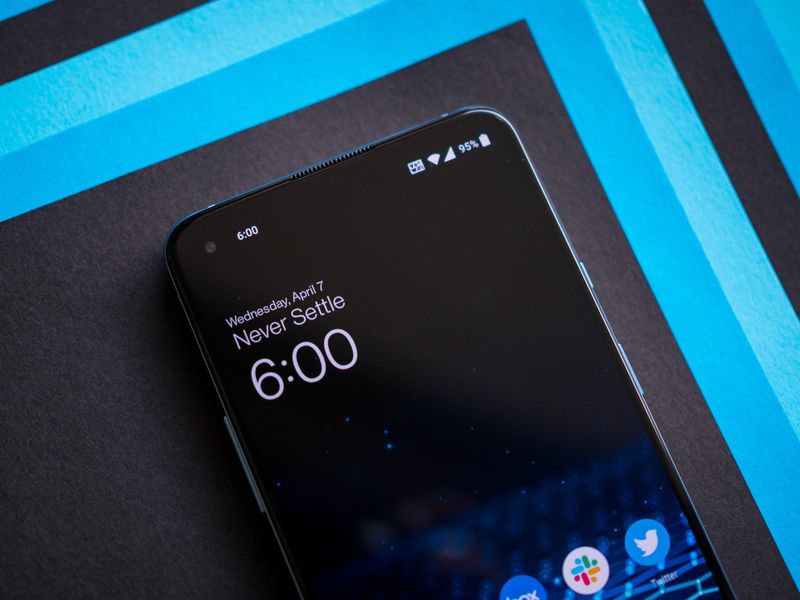
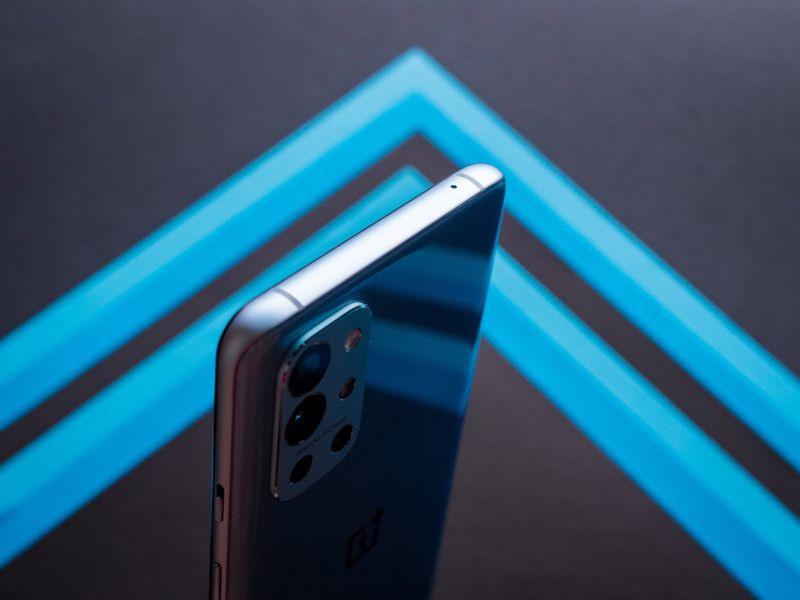
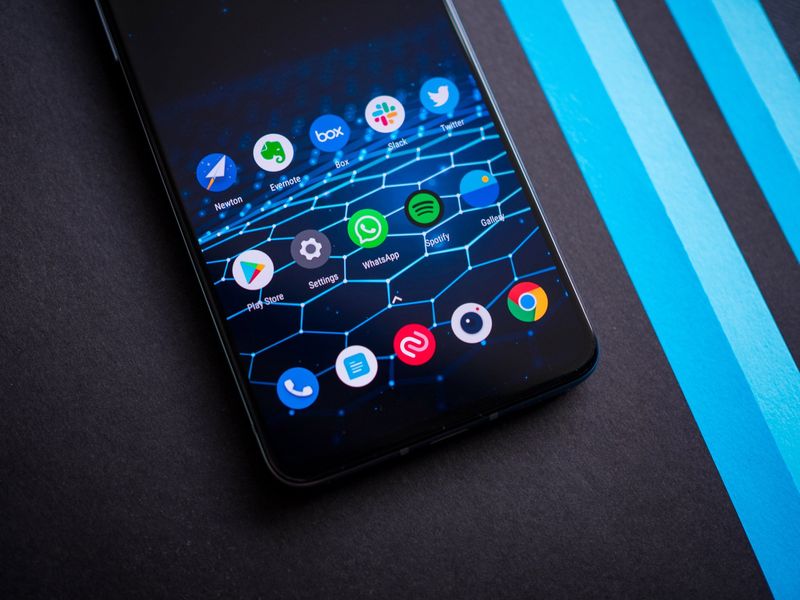
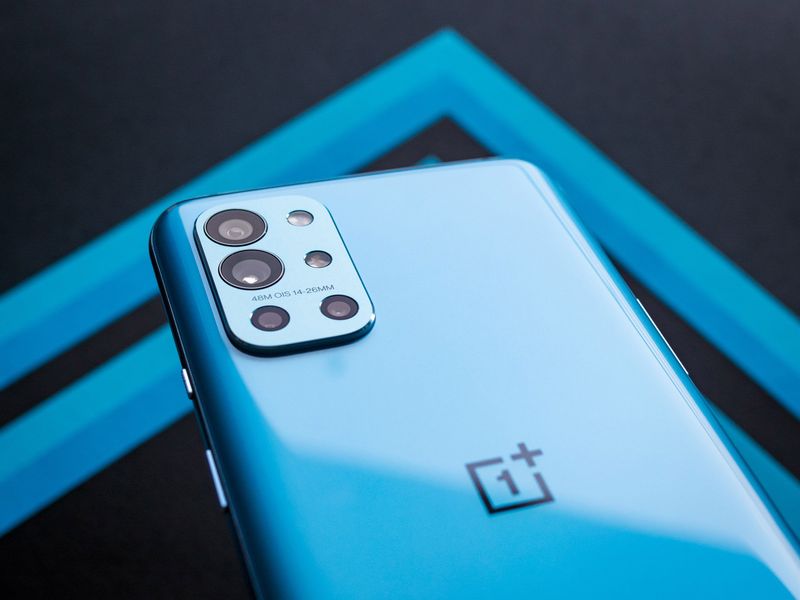
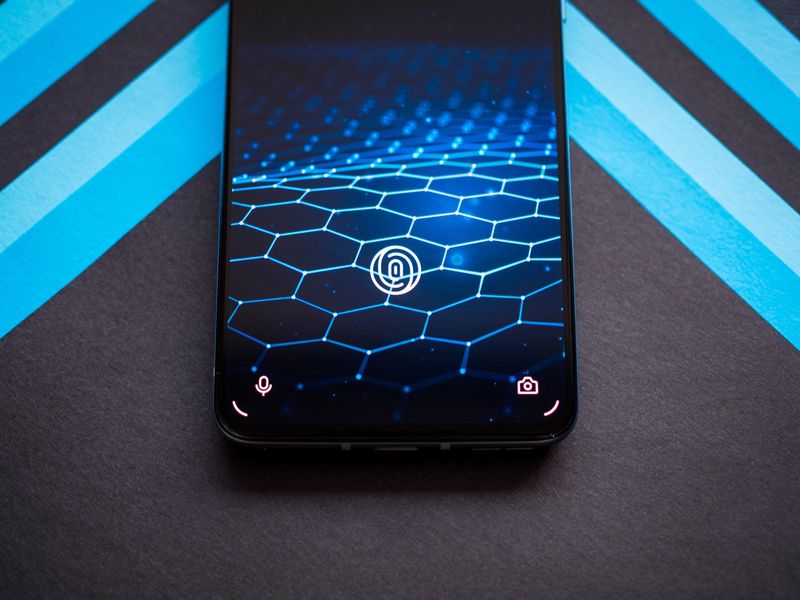
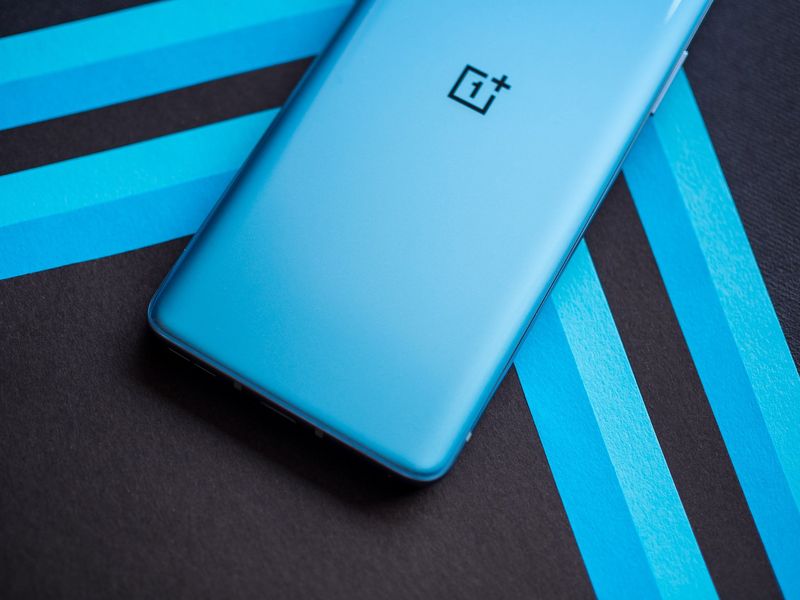
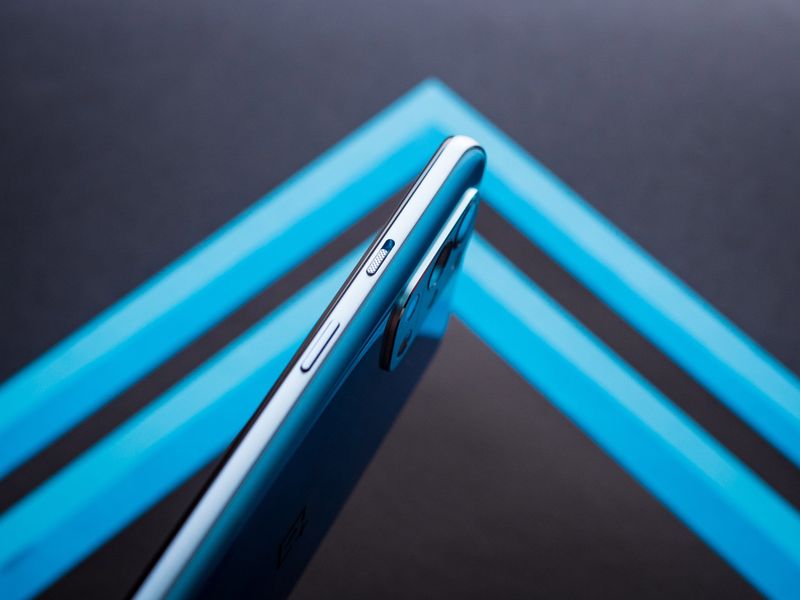
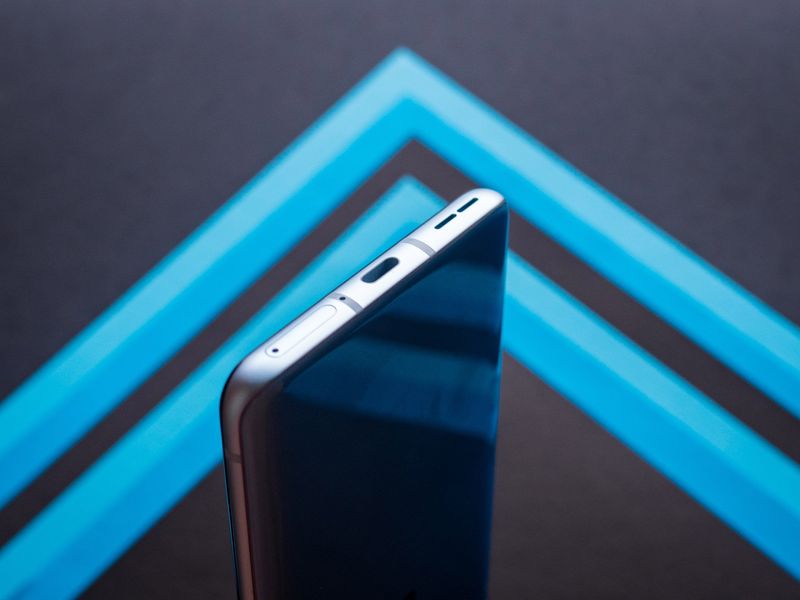
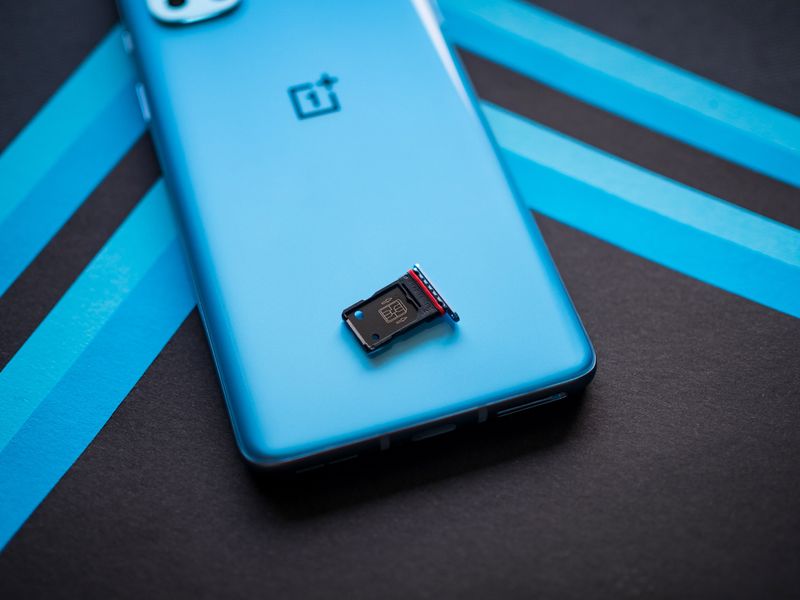
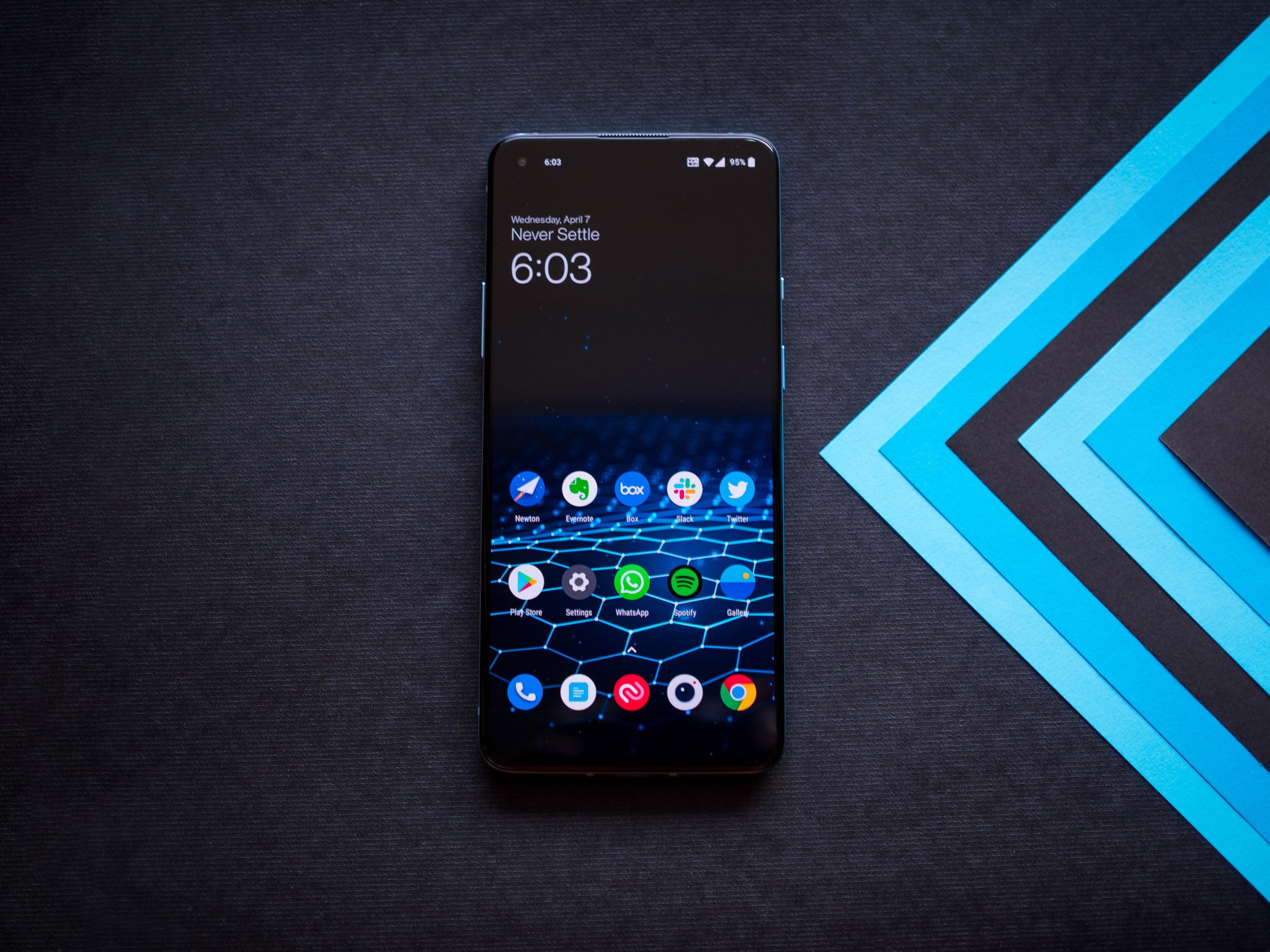
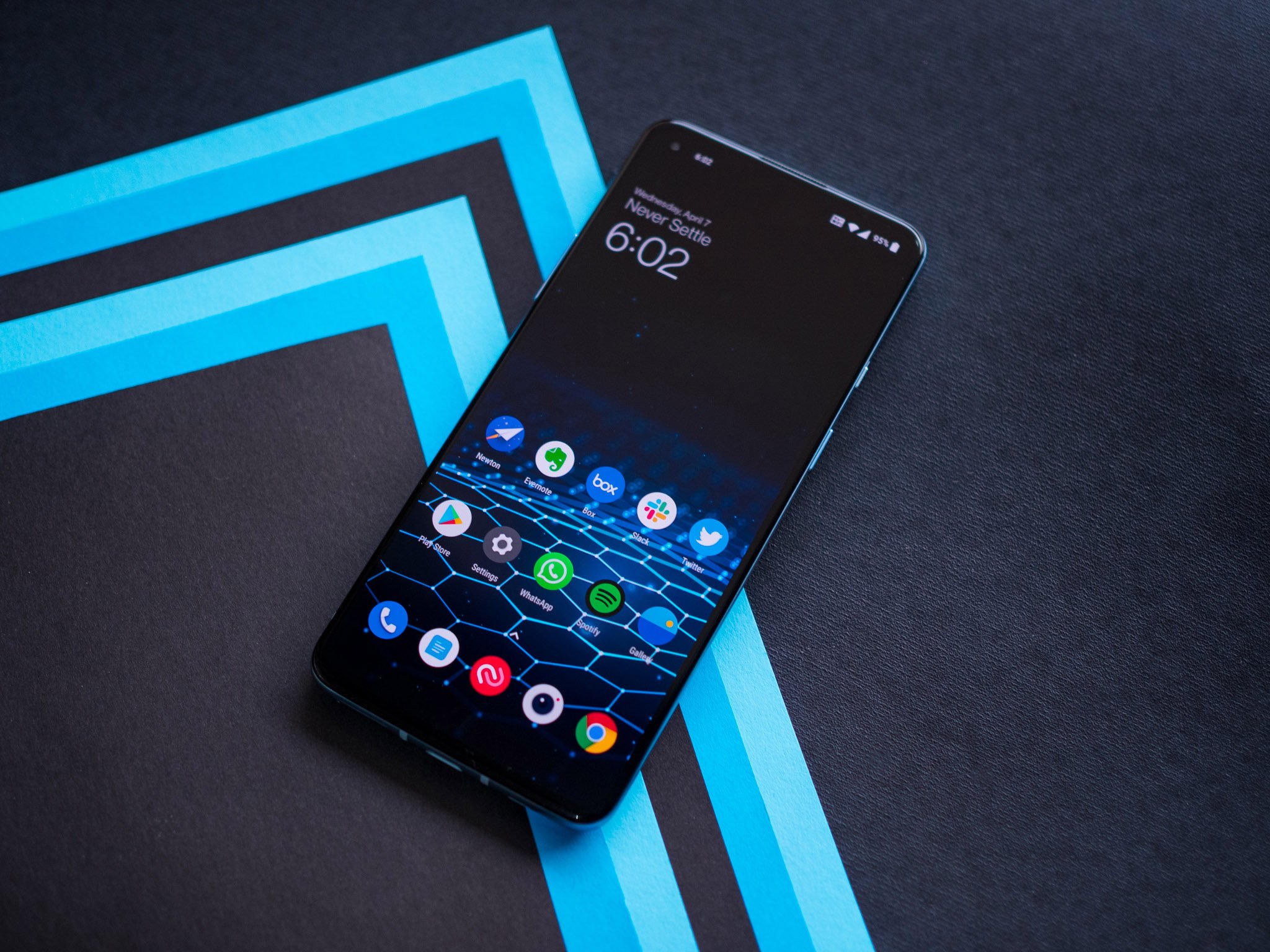
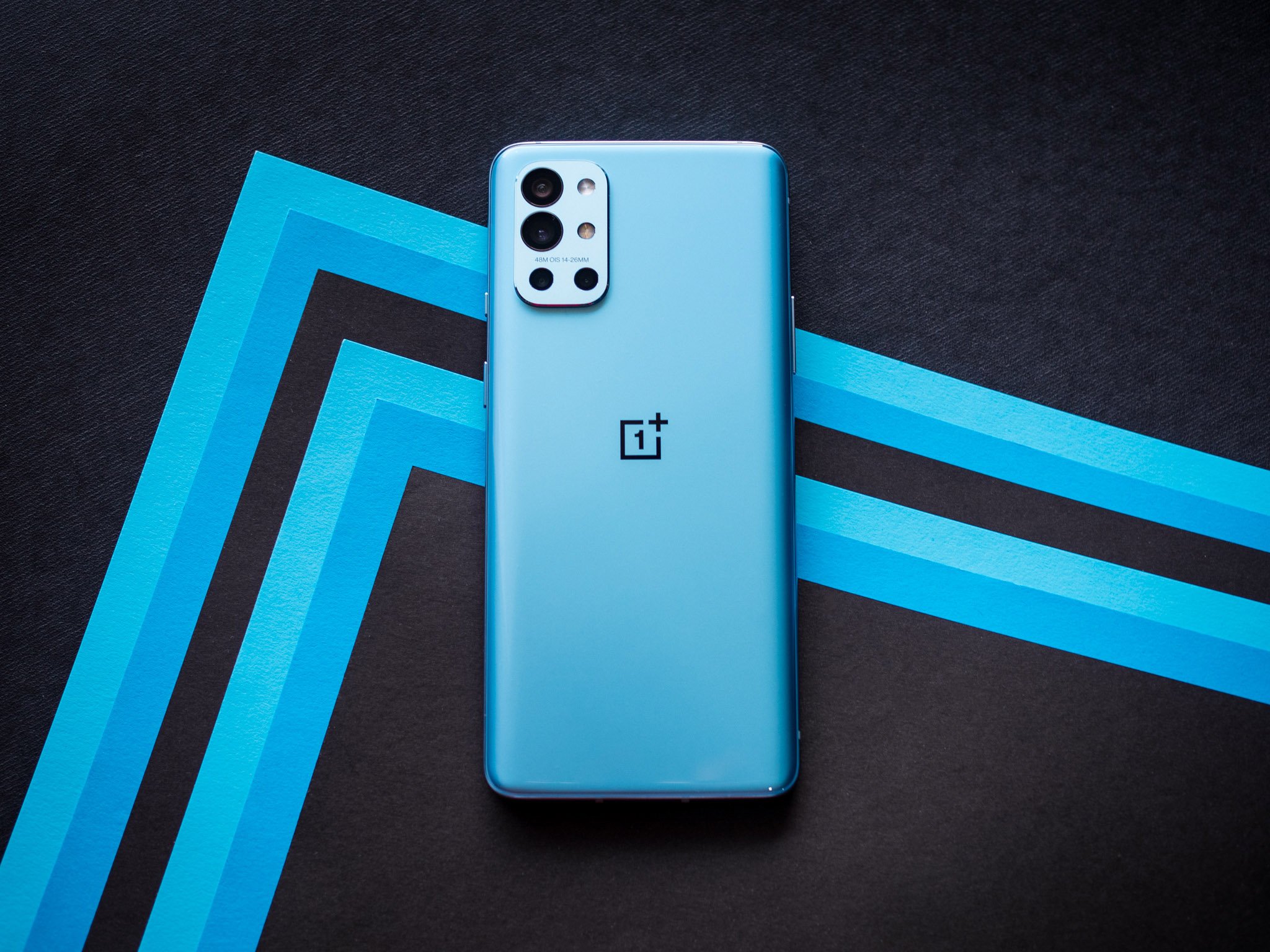
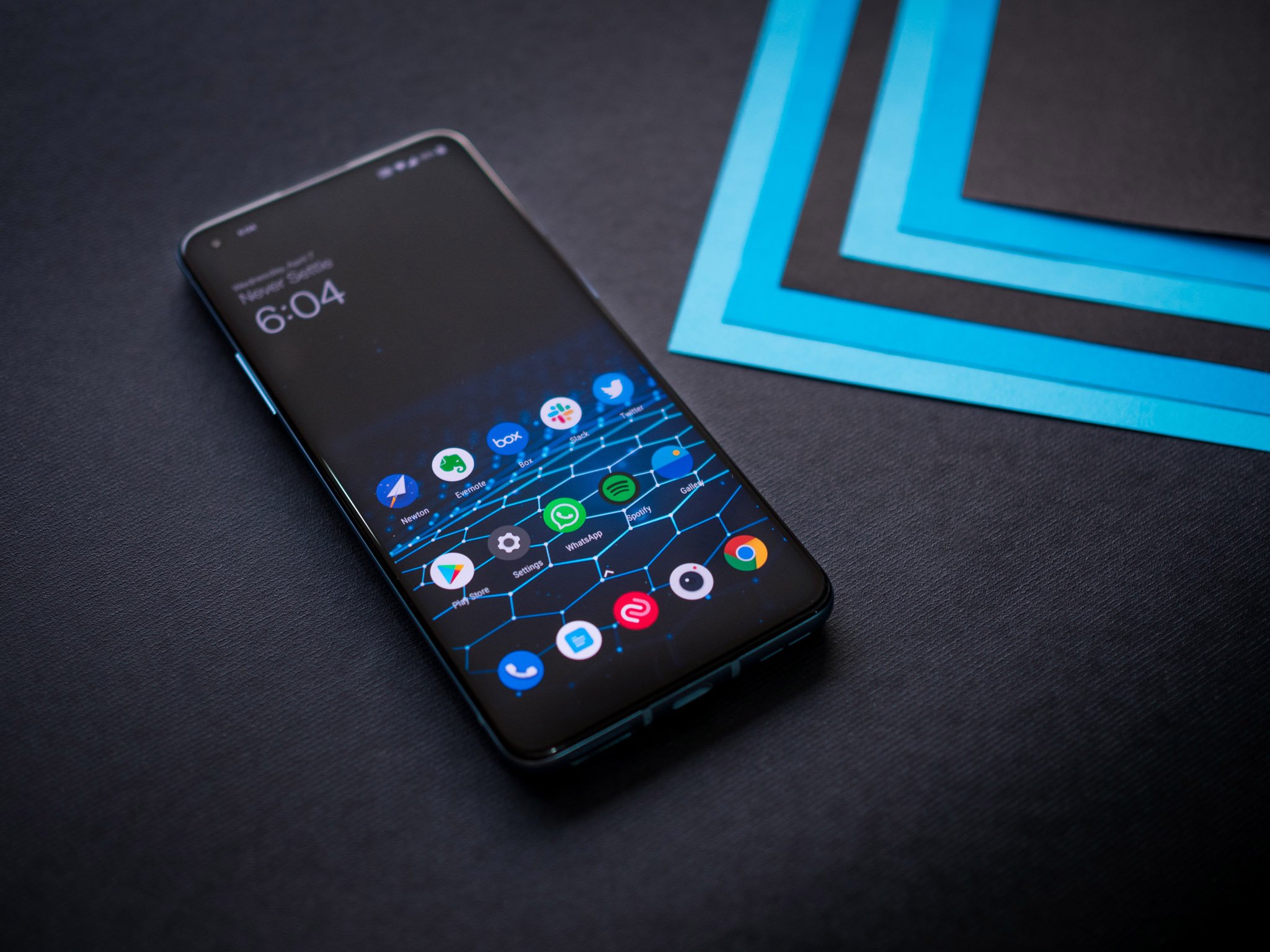
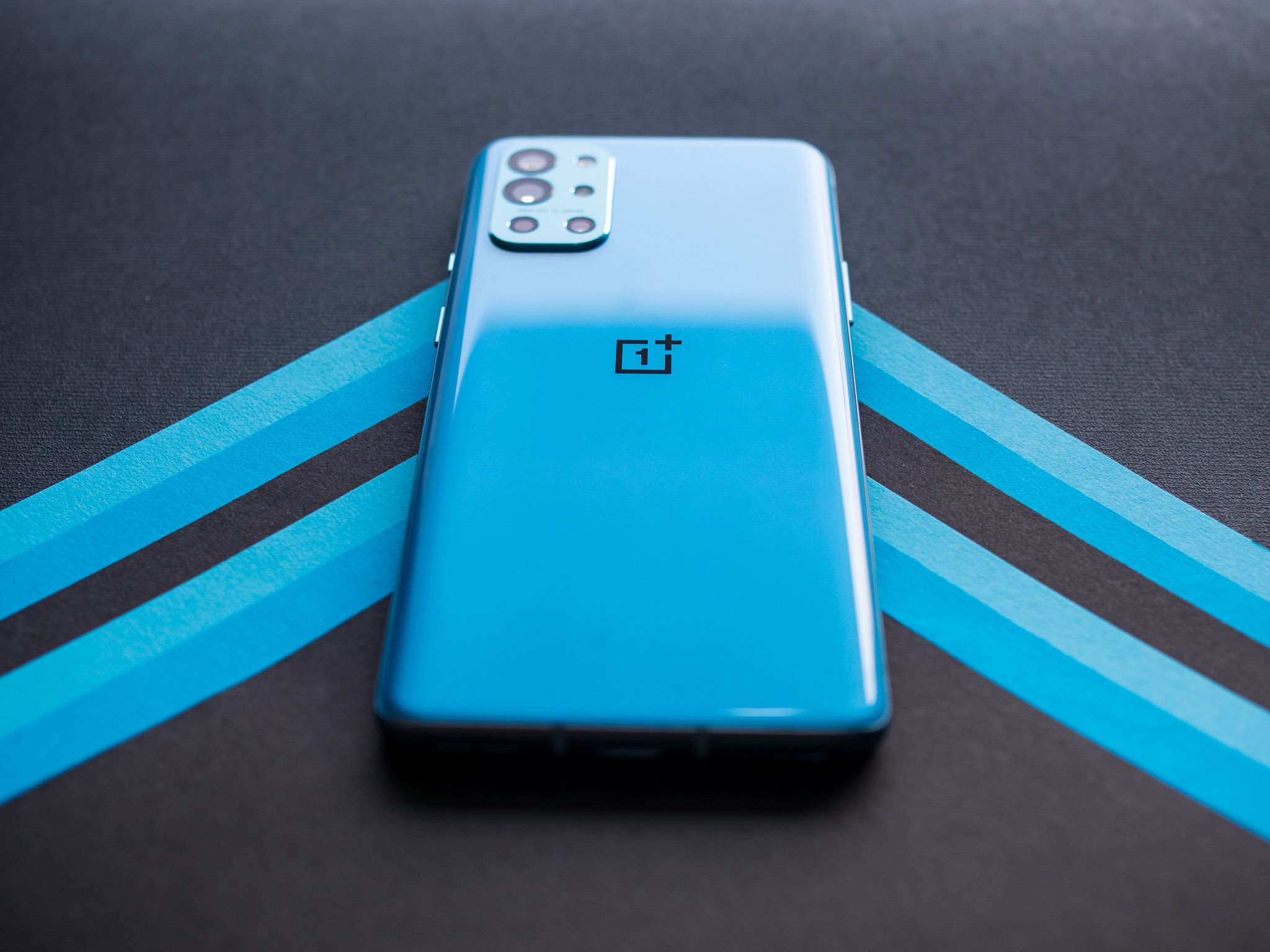
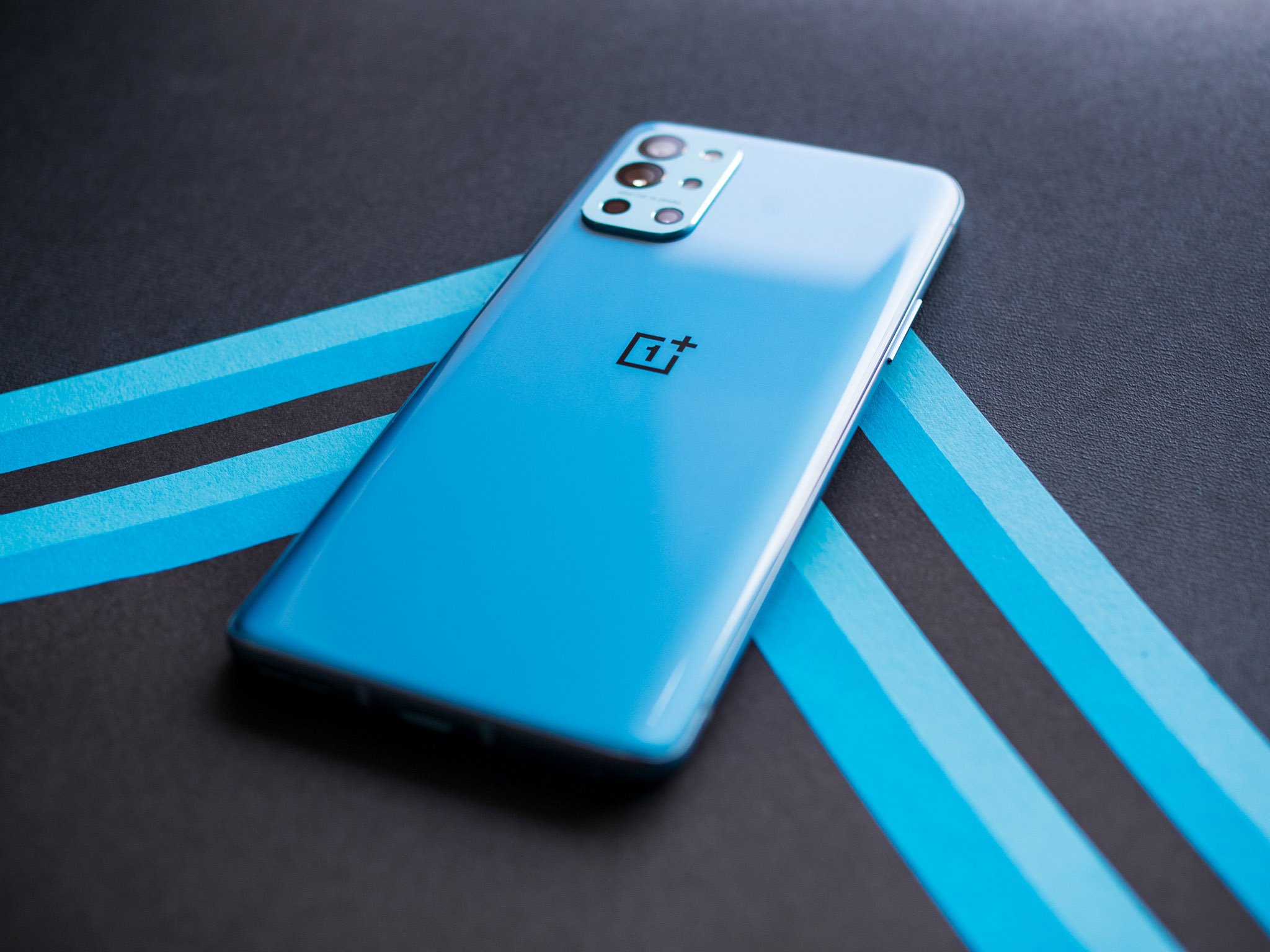
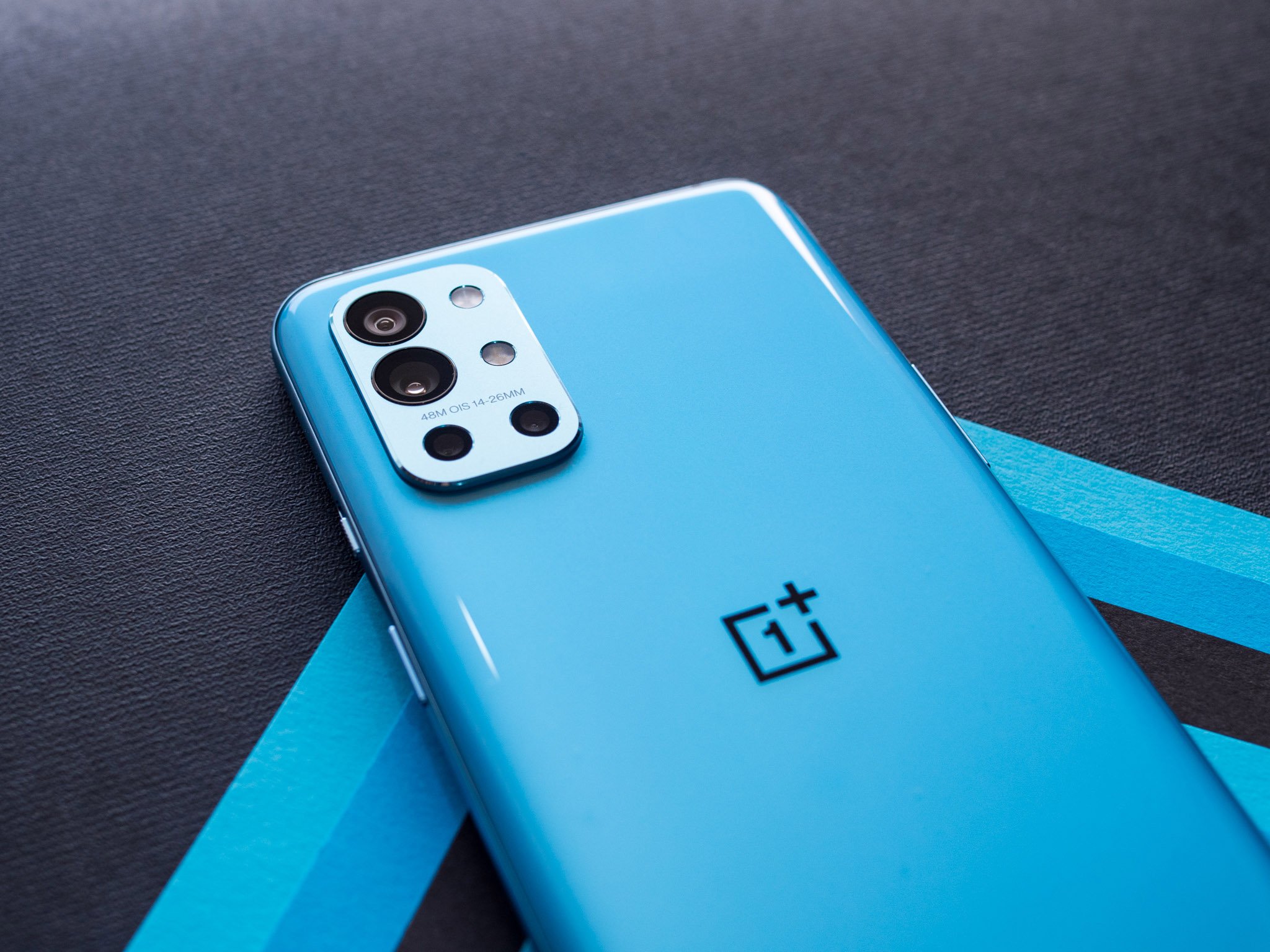
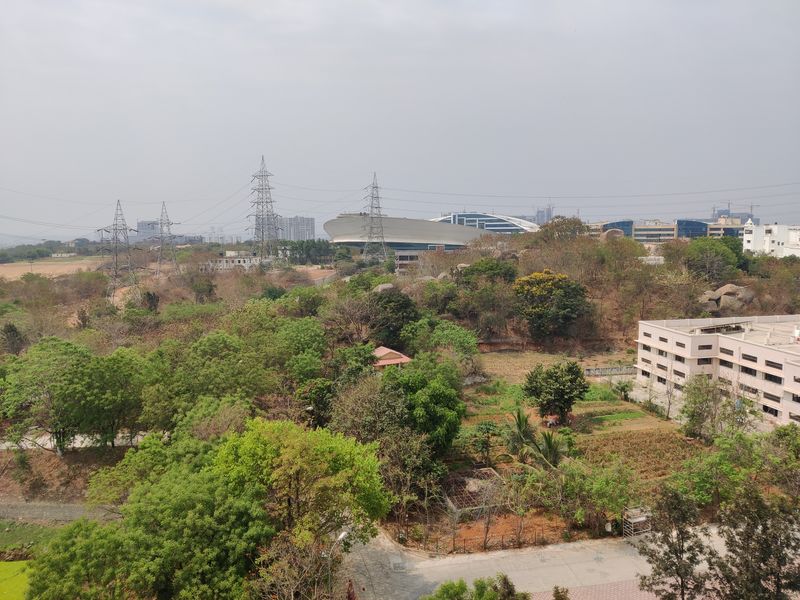
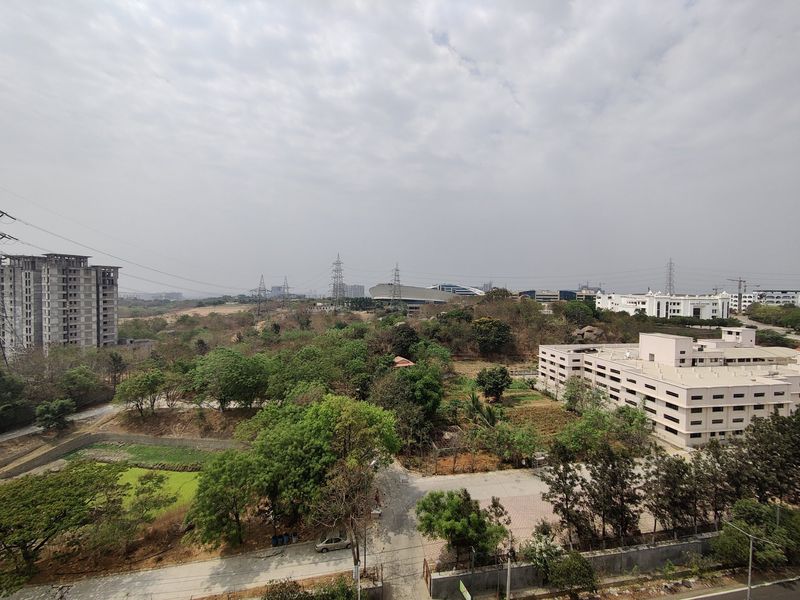
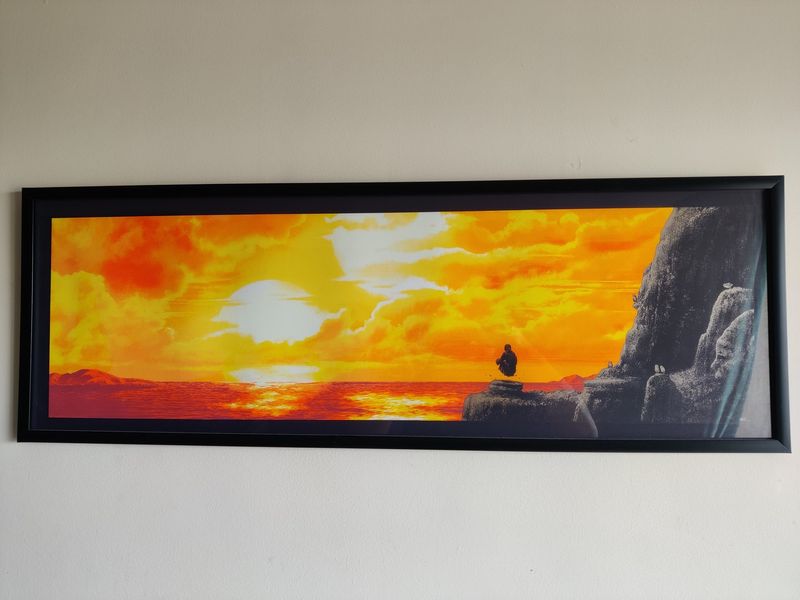
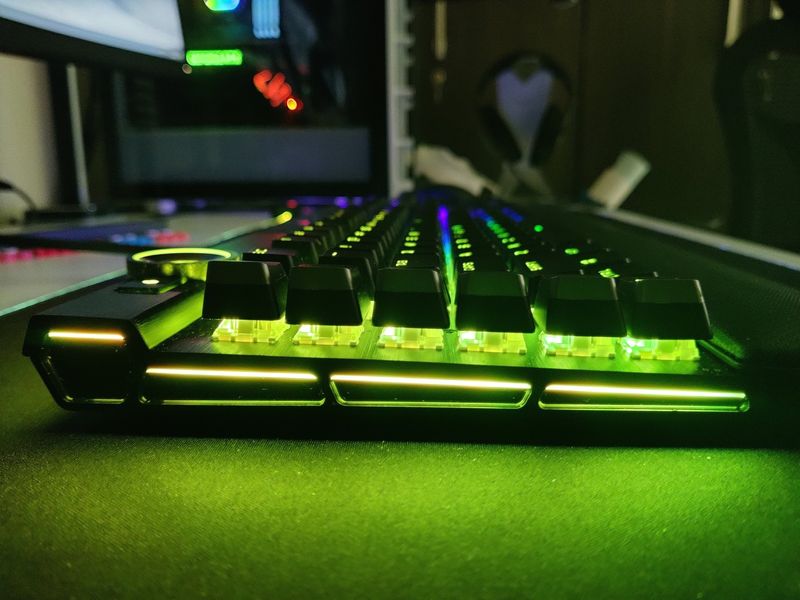
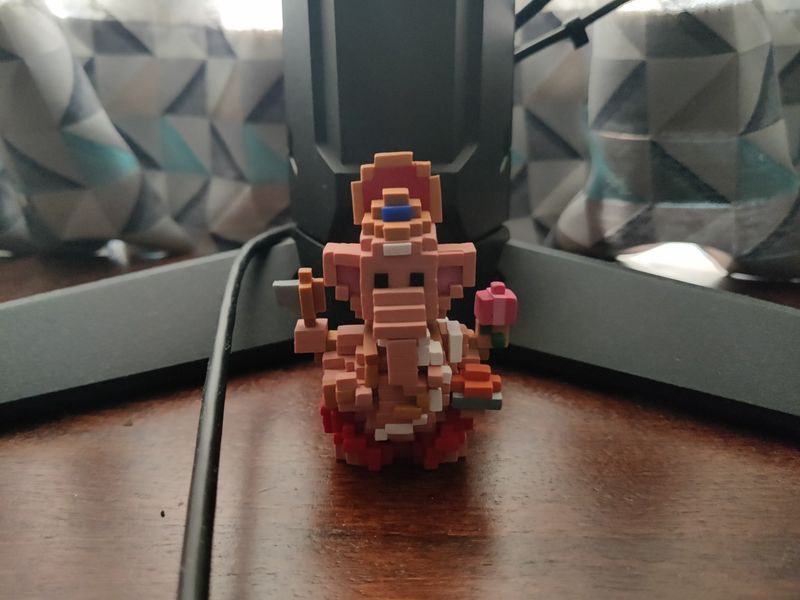
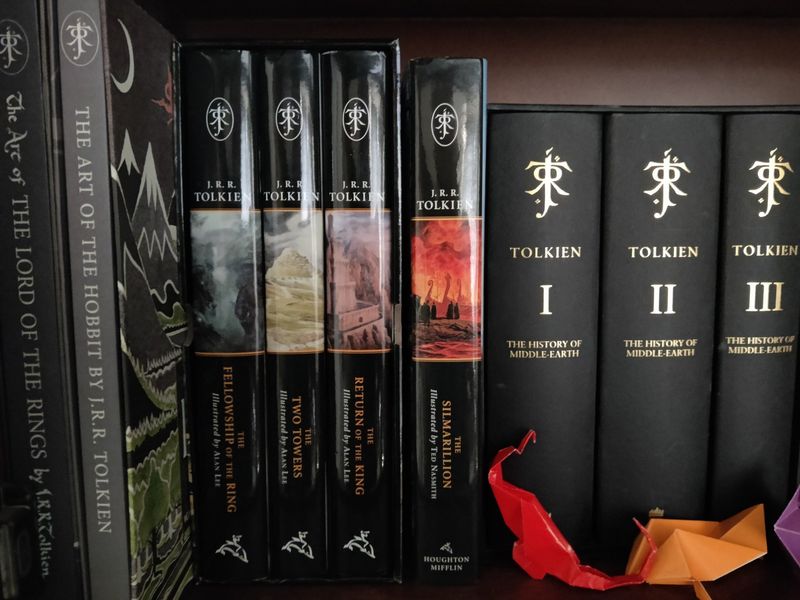

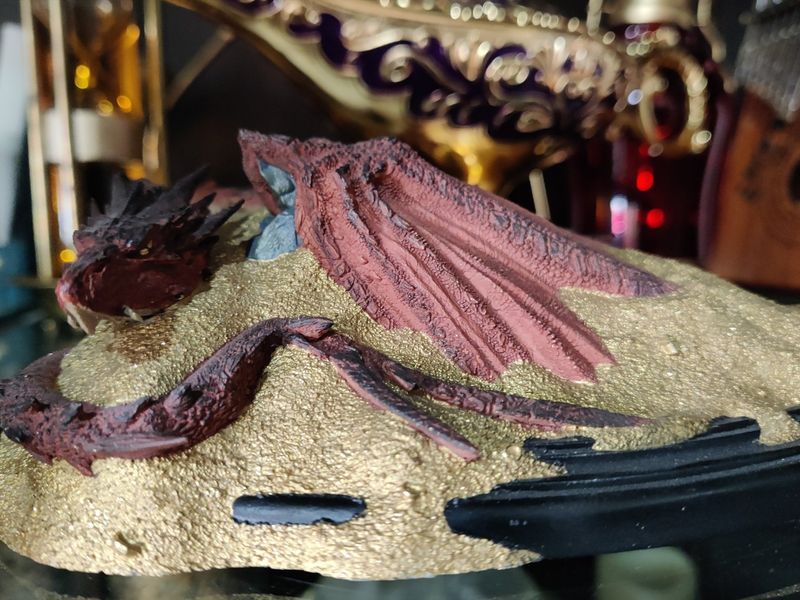
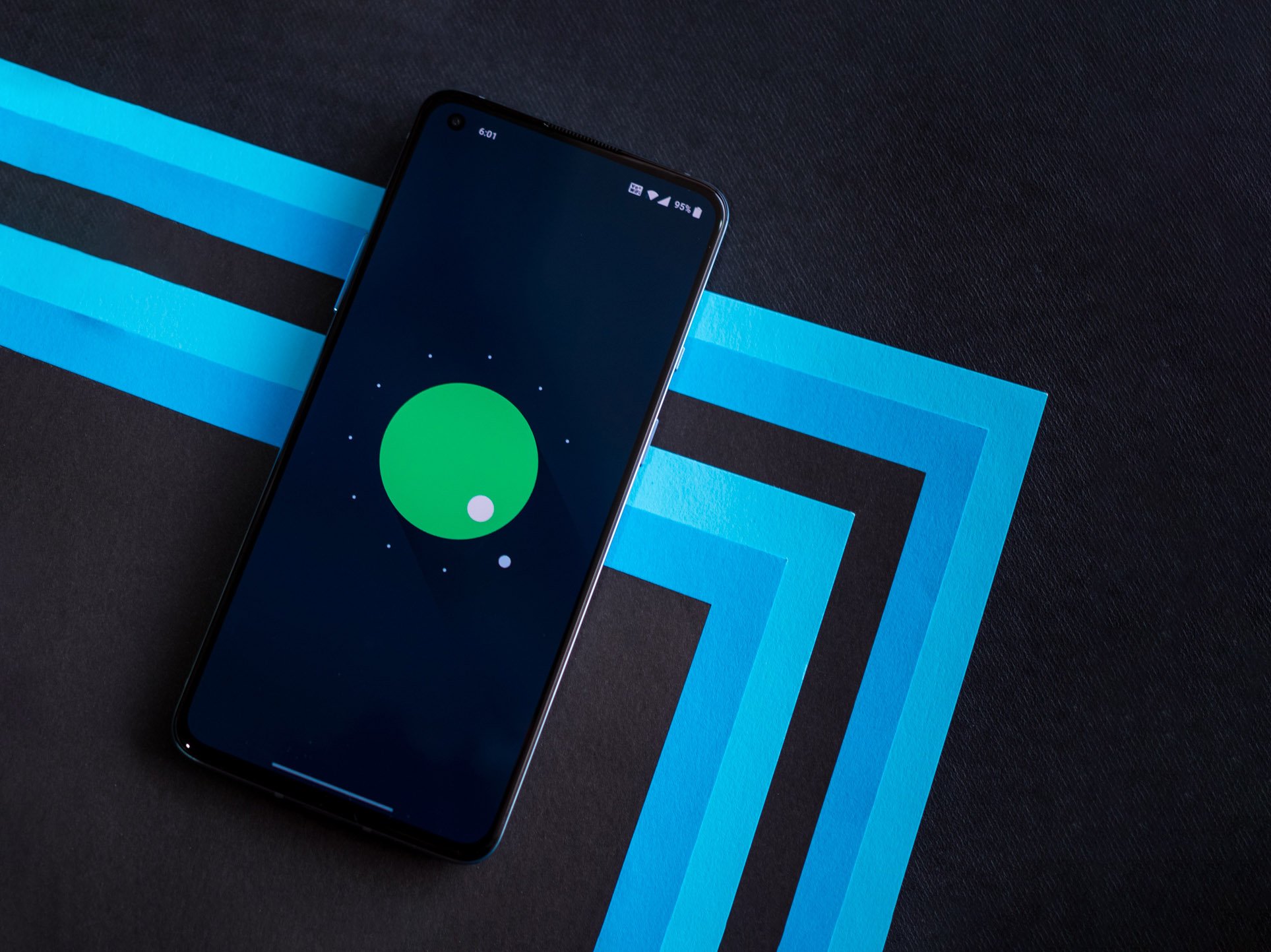
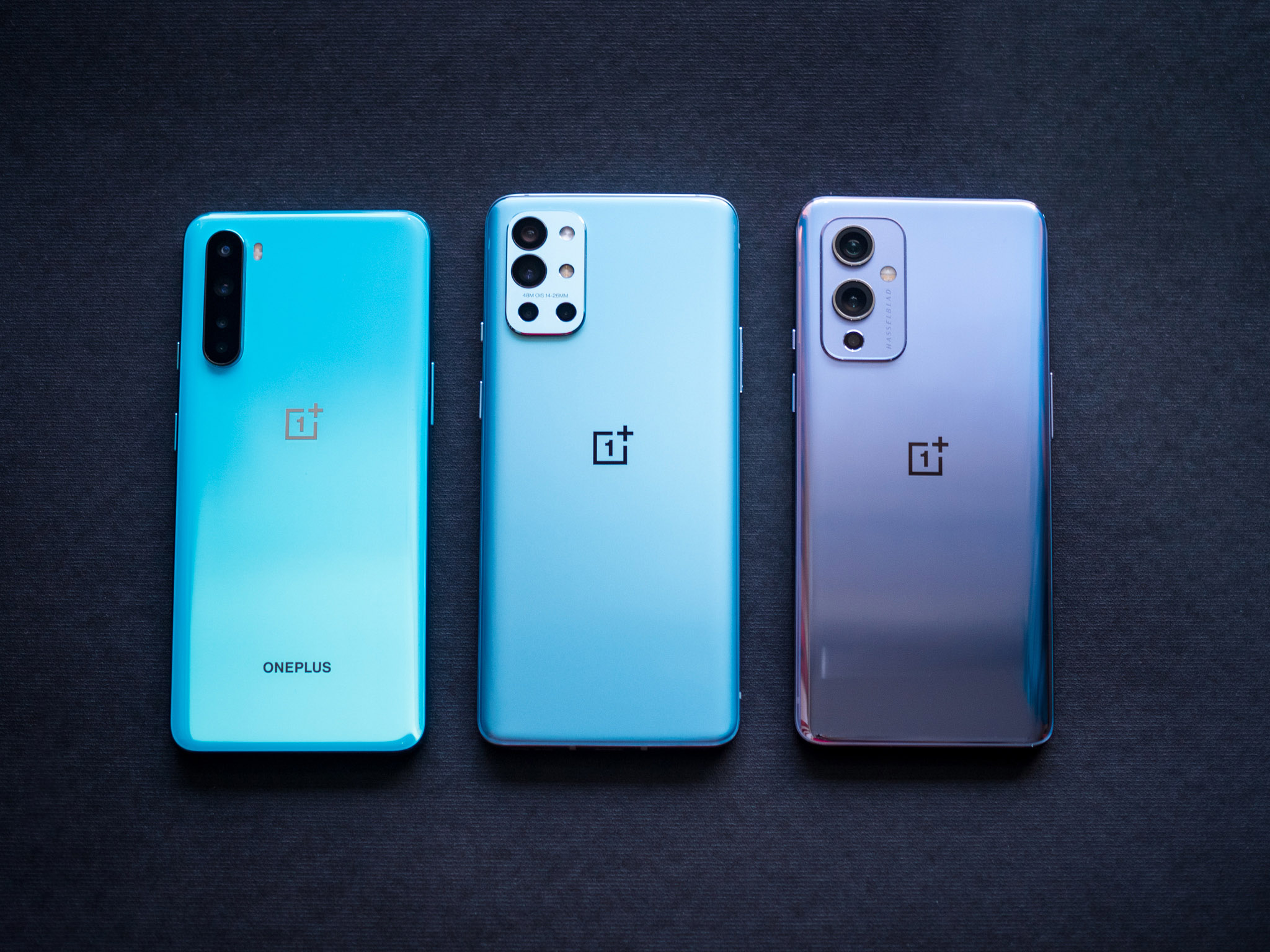
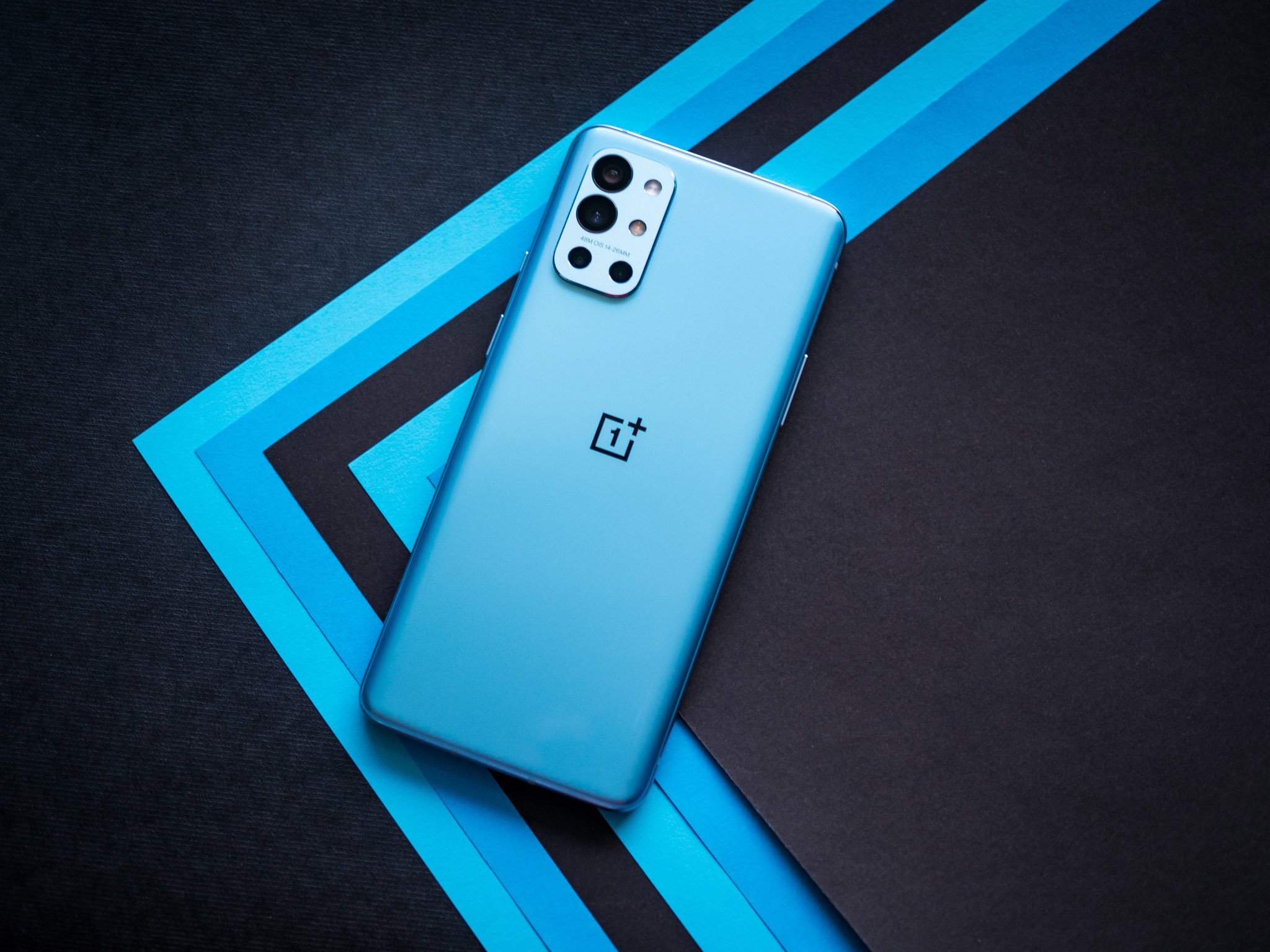
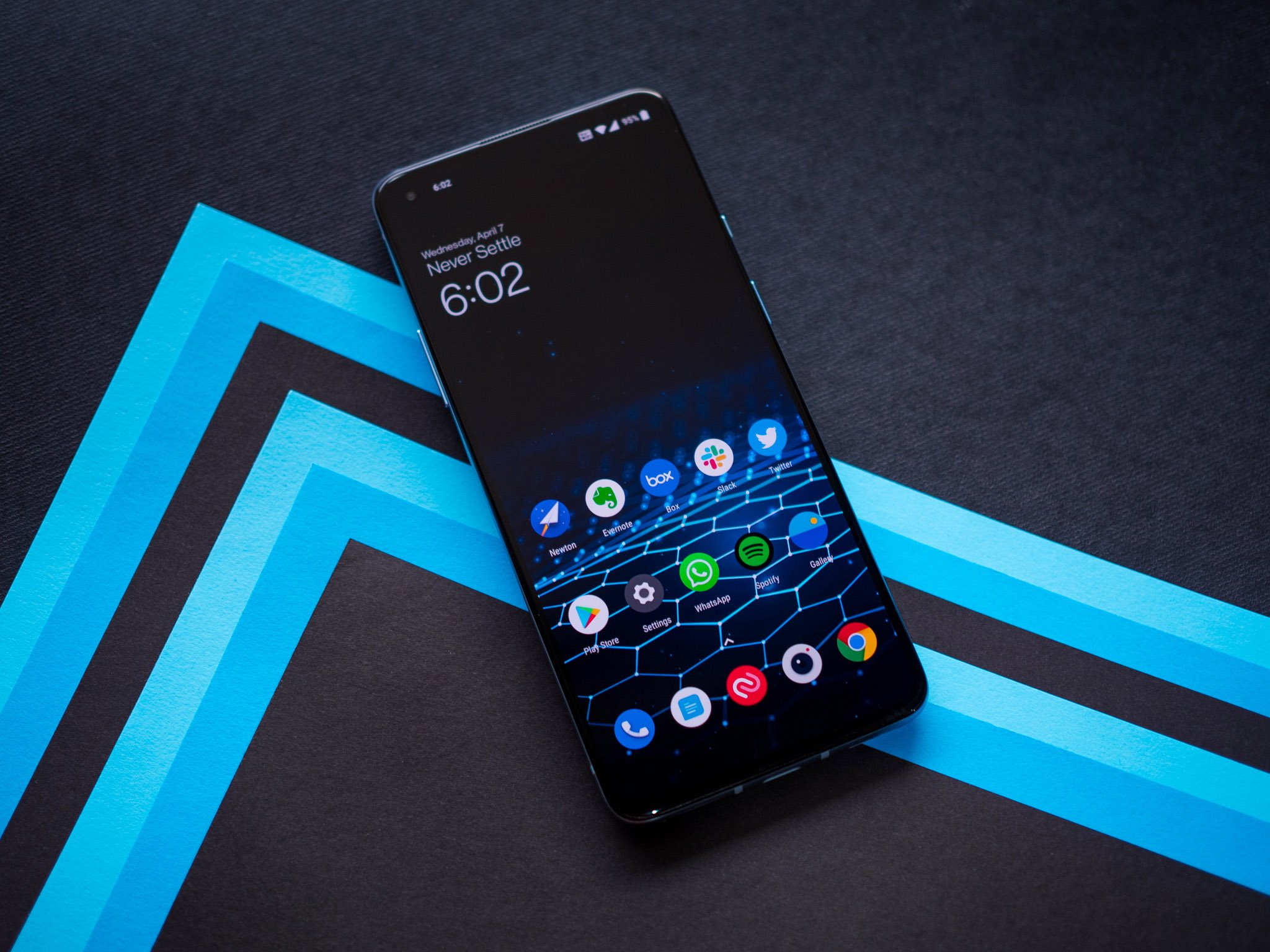
Tidak ada komentar:
Posting Komentar